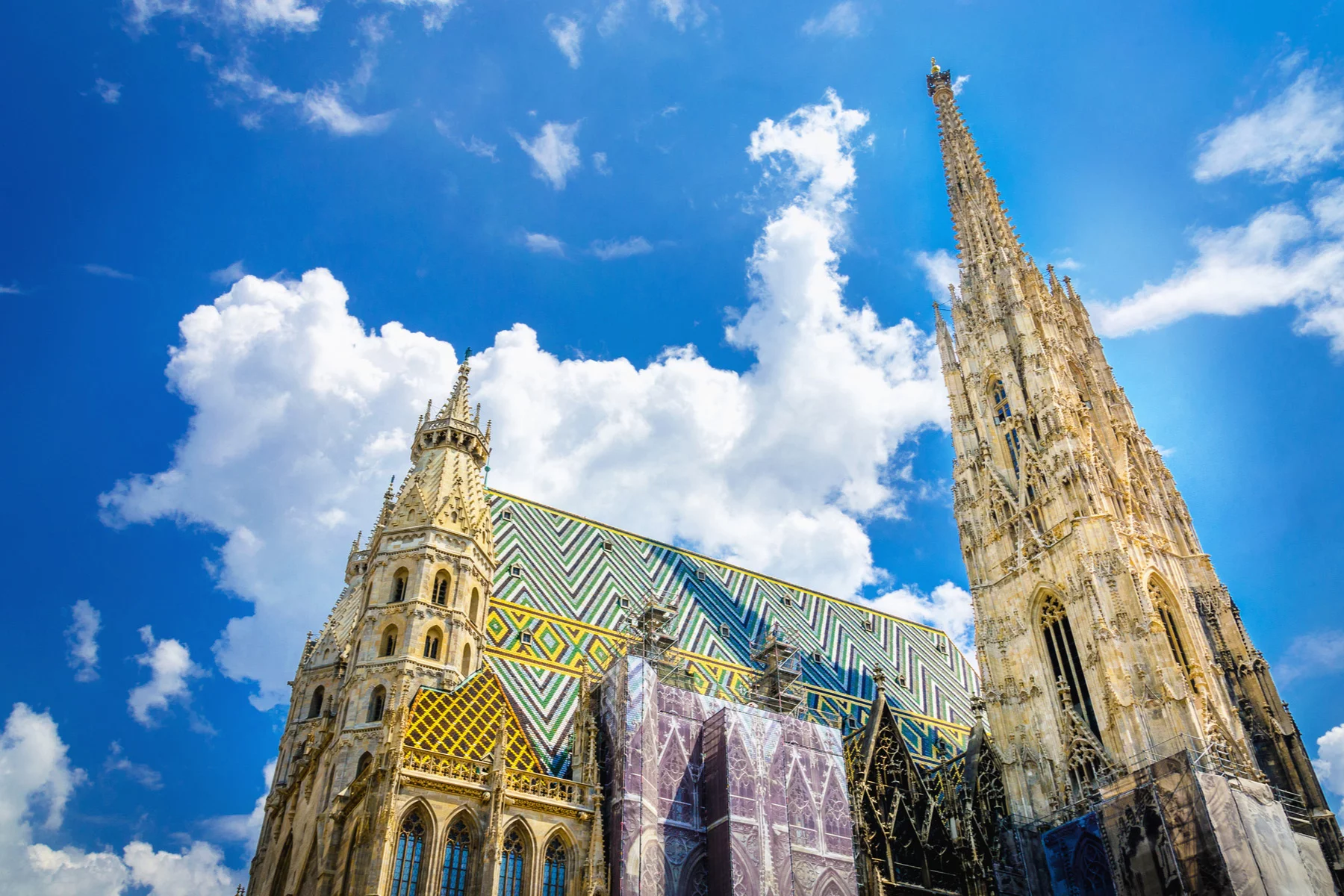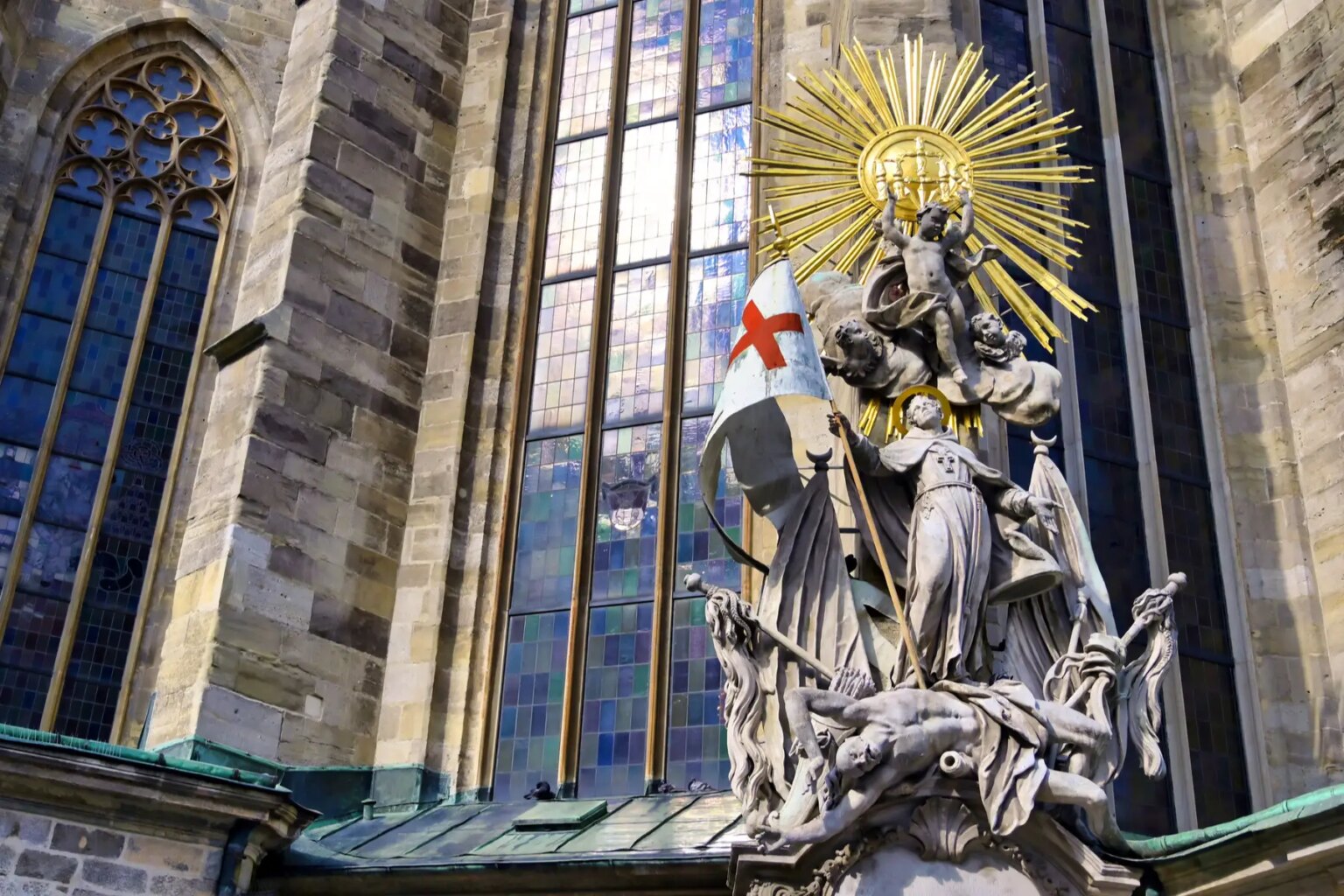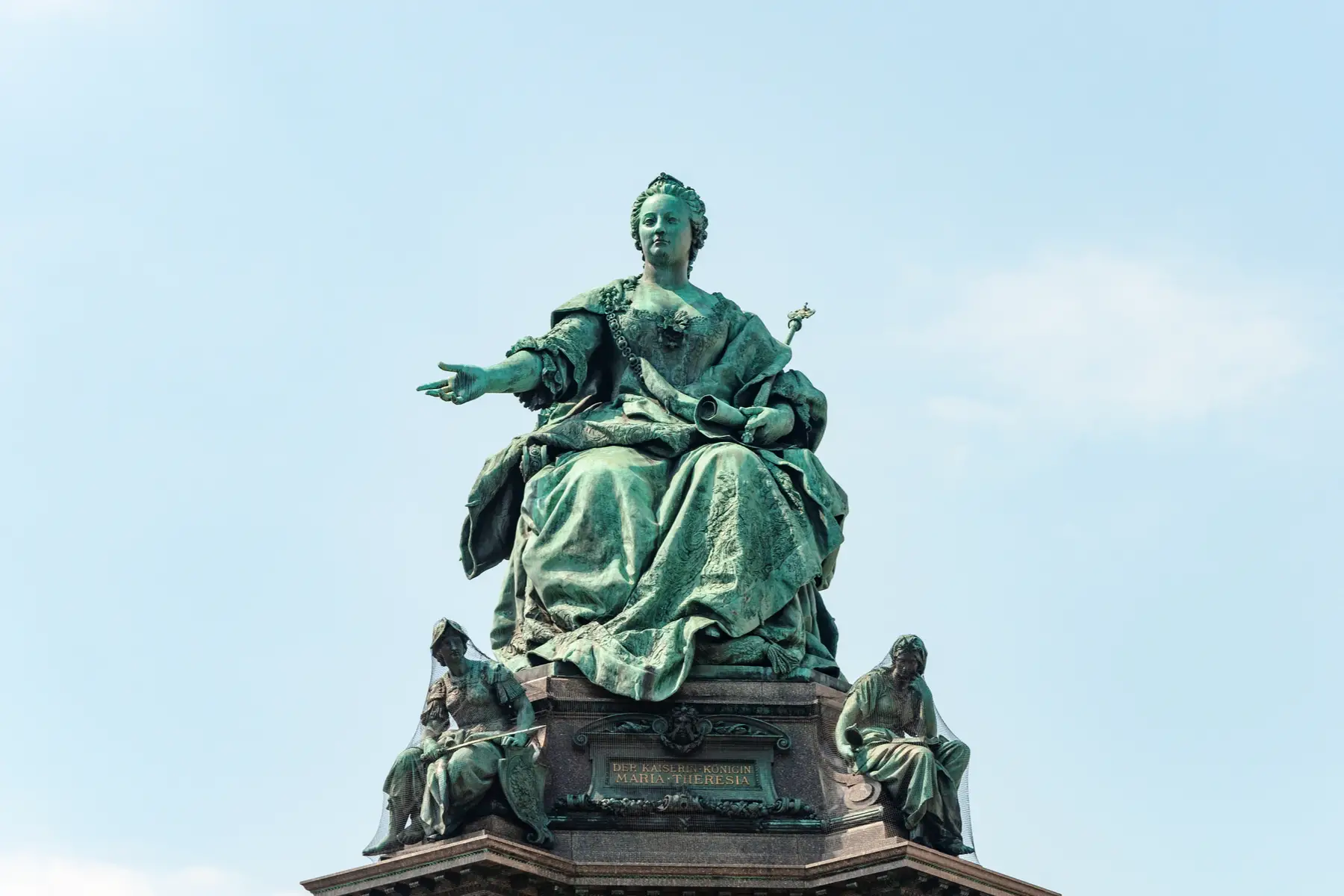Although religion in Austria is completely separate from the state, the country maintains strong ties to the Catholic faith. However, the Austrian constitution enshrines freedom of religion and therefore makes way for a diverse religious landscape. Furthermore, this is continuing to change as the country’s social landscape evolves.
If you are curious to know about religion in Austria, this guide outlines everything you need to know about the topic, including the following:
The religious landscape of Austria
In Austria, religion is part of the country’s social fabric. This is particularly true of Christianity because Austria has had strong Catholic roots throughout its history. Unfortunately, there are no official current statistics on religion in Austria because the census does not ask about religious affiliation so that it can retain a secular stance.

However, despite adhering to a separation of church and state, it is clear that strong Catholic sentiment still influences society and even lawmaking. For example, this is the reason why gay marriage in Austria was only approved in 2019. Similarly, many books and films about Austria have religious undertones.
Nevertheless, the 2011 census found that 73.6% of the Austrian population was Catholic, making it the most prominent religion in Austria. However, in 2018, the Austrian Catholic Church found that this figure had dropped to 56.9%. At the same time, other religions have been gaining popularity in Austria.
For example, the number of Muslims in Austria grew from 4.2% in 2001 to 7.9% in 2016. Similarly, Pentecostal and Eastern Orthodox churches have grown rapidly. This is largely due to a growing immigrant population in Austria, coming from places like Türkiye and the Balkan countries, Sub-Saharan Africa, and Eastern Europe.
Freedom of religion
The Austrian constitution legally protects freedom of religion in the country. In fact, this is enshrined in the Patents of Tolerance of 1781/82. As such, freedom of religion in Austria is the work of nearly 200 years.
In Austria, religion is a personal choice, and the concept of freedom includes the right to choice of religion, freedom of public worship, freedom of confession, and freedom of confession. Because of this, all Austrian residents over the age of 14 are free to choose their own religion. Until this point, however, parents have the right to choose a religion for their child.
Additionally, religion in Austria is part of the state school system. Specifically, this means that all children in state schools receive religious education according to their own legally recognized religious community.
Recognized religions in Austria
Because of its tolerant freedom of religion laws, Austria recognizes many religions. Of course, this includes all the major religions in the world, as well as smaller religious communities. In total, there are 14 legally recognized religions in Austria.

Although Catholicism is the most dominant religion in Austria, the country recognizes many other Christian churches, too. This includes the Protestant, Greek Oriental, Serbian Orthodox, and Russian Orthodox churches. In addition, Austria recognizes numerous smaller churches such as the Armenian Apostolic, Methodist, and Latter-Day Saints. These religions have all been officially recognized through Law on Recognition of Churches in the Imperial Law Gazette since 1874.
In addition, Austria has numerous other legal acts to recognize other religions. These include the Jewish Religious Association (Jewish Act 1890), Islamic Religious Community in Austria (Islam Act of 1912), Austrian Buddhist Religious Association (Federal Law Gazette No. 72/1983), and Jehovah’s Witnesses in Austria (Federal Law Gazette No. 19/1998).
Christianity in Austria
Christianity came to Austria even before the country was even established. In fact, at one point, Vienna was the seat of the Holy Roman Empire. Because of this, Christianity – and Catholicism in particular – has been hugely influential in shaping Austria into the country it is today. While religion in Austria is completely separate from the state, it is still very easy to see the presence of the Catholic influence in the country’s many churches, cathedrals, and monasteries.

Despite its overwhelming popularity, WWII had a major impact on Austria’s Catholic community. During the Anschluss – the German annexation of Austria – the Catholic Church faced significant oppression. Because of this, the Catholic religion has never regained its former stronghold on the Austrian population; even decades after the war.
Nevertheless, Catholicism is still the biggest religion in Austria, with nearly 60% of adherents in 2017. Additionally, many Austrians still consider themselves Catholic and practice the religion’s many traditions such as baptisms and confirmations. Similarly, Austrian Catholics must still pay a church contribution (Kirchensteuer) which is 1.1% of one’s total annual salary. Because of this rather significant religious tax, many younger Austrians eschew the church altogether.
Of course, there are many other Christian churches in Austria, too. Because of increasing immigration from the Slavic and Balkan states, the Orthodox church in Austria keeps increasing. By 2016, it accounted for 4.6% of the population. Similarly, significant influence from Germany means that there is still a population of Protestants (around 3.5%) in Austria; many of whom are Lutherans.
Islam in Austria
Austria has had a significant Muslim community for over 100 years. In fact, the country was one of the first in Europe to recognize Muslims as a religious community by including the “Islamic Religious Community” in the 1912 Act of Recognition (Anerkennungsgesetz). This was largely because the Austro-Hungarian Empire annexed Bosnia-Herzegovina in 1908, incorporating many Muslims into the new Austrian territory.

Because of Austria’s generous freedom of religion laws, Muslims generally have the same religious rights as Christians. However, in recent years, there have been some changes that could be seen as infringing on some of the religion’s expressions. For example, in 2017, it became illegal to wear a face-covering – such as a burka or a niqab – in public places like courts and schools.
Nevertheless, Austria has seen a significant increase in its Muslim population in the late 20th and early 21st centuries. For instance, while only 1% of Austrian residents were Muslim in 1981, that figure was almost 8% in 2016. This is because there was a significant increase in immigration from countries where Islam is the prevailing religion, such as Türkiye and the former Yugoslavian countries, and the Balkan countries. In fact, nearly 80% of Austria’s Muslim population is of Turkish origin.
Judaism in Austria
Judaism has been present in Austria since the beginning of the 10th century. At its peak, over 200,000 Austrians identified as Jewish and there were more than 90 synagogues and temples throughout the country. However, when it comes to religion in Austria, few sects have faced as much uncertainty as the Jews.

During and after WWII, Austria’s flourishing Jewish community was largely decimated. In fact, some two-thirds fled for other countries, leaving only a few hundred Jews in Austria. After the war, around 2,000 Jews returned to Austria, and the country re-established the Jewish Religious Association of Vienna.
These days, there are nearly 10,000 Jews living in Austria. However, only one of Vienna’s original synagogues has survived in its entirety. And while it may be considered a minority religion in Austria, many Soviet and Iranian Jews have sought sanctuary in Vienna in recent years.
Useful resources
- Religion in Austria, Virtual Vienna – a page about religion in Austria
- European Union: Austria – a page that provides population demographics for Austria
- Index Mundi: Austria religions – a breakdown of religious demographics in Austria






